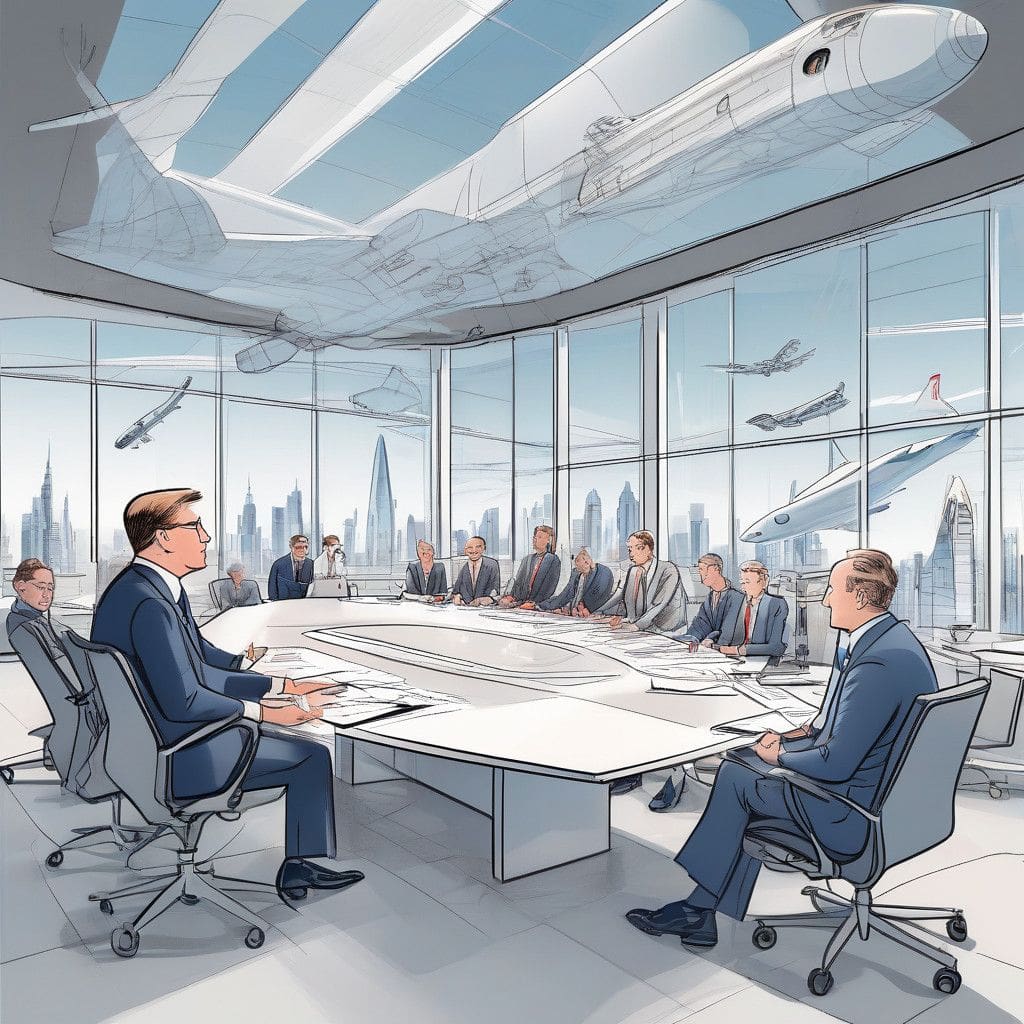In a candid discussion at an aviation industry event in Frankfurt, Guillaume Faury, the CEO of Airbus, expressed grave concerns about the European Union’s antitrust regulations and their impact on the region’s aerospace competitiveness. His comments serve as a stark warning for the future of the aerospace sector in Europe, especially in the face of rising competition from the US-based company, SpaceX.
Faury highlighted SpaceX’s innovative strides, particularly its reusable Falcon 9 rocket, which has redefined the economics of space travel. Unlike Airbus, which is bound by stringent EU antitrust laws that necessitate a distribution of manufacturing across various countries, SpaceX enjoys greater flexibility in its operations. The American company produces around 80% of its components in-house, allowing for streamlined processes and significant cost savings—a stark contrast to the fragmented supply chains that European companies face.
The CEO’s observation sheds light on a critical aspect of competition in the aerospace industry. The EU’s strict regulations, while intended to maintain a fair and competitive market, seem to inadvertently hinder the efficiency that companies like Airbus can achieve. Faury elaborated that this complex regulatory landscape restricts consolidation among firms, leading to inefficiencies that could ultimately cost Europe its competitive edge in the global aerospace market.
The ramifications of these regulatory challenges are notably evident in the performance of Airbus’s own product lines. Take, for example, the Ariane 6 rocket, which has experienced delays and setbacks in its commercial launch schedule. While SpaceX has been able to revolutionize the satellite deployment industry, launching close to 7,000 satellites and achieving a dominant position in the market, Europe’s Ariane 6 has yet to embark on its first commercial mission, despite ambitions for multiple flights per year.
Faury cautioned that if European regulations do not evolve to foster greater agility and efficiency, the continent risks falling behind not just in the commercial space sector, but also in broader aerospace and satellite initiatives. This concern is not merely theoretical; it bears the weight of economic implications, with Airbus already preparing to cut around 2,500 jobs in its satellite division—a move that underscores the urgency of the situation.
Adding to the competitive landscape, SpaceX’s influence is not limited to commercial ventures; it has also made significant inroads into military contracts and collaborations with NASA. Its ambitious projects, such as Starlink, which aims to provide global broadband internet access, highlight the multifaceted capabilities of the company in fostering technological innovation and economic growth.
However, the conversation around SpaceX is not void of criticism. Concerns regarding its dominance in the US aerospace sector have emerged, prompting lawmakers and regulatory bodies like NASA and the Pentagon to seek measures that promote competition. The goal is to diversify the landscape rather than rely predominantly on one player, a sentiment echoed in discussions about fostering a more competitive environment in the aerospace sector.
This situation presents a unique dilemma for the EU: balancing the need for regulatory oversight while simultaneously ensuring that such measures do not stifle innovation and competitiveness. The challenge lies in creating a more conducive environment that encourages consolidation and supports companies like Airbus in their efforts to compete on a global stage.
In conclusion, Faury’s criticism of EU antitrust rules highlights a critical juncture for Europe’s aerospace industry. As competition from entities like SpaceX intensifies, the need for a regulatory framework that facilitates efficiency rather than hinders it becomes increasingly apparent. The European aerospace sector must adapt to this landscape or risk falling further behind in an era defined by rapid technological advancements and fierce global competition.












